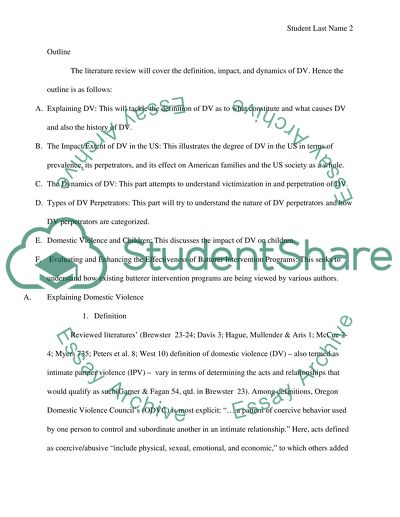Cite this document
(“Domestic Violence Dissertation Example | Topics and Well Written Essays - 4000 words”, n.d.)
Retrieved de https://studentshare.org/people/1391330-domestic-violence
Retrieved de https://studentshare.org/people/1391330-domestic-violence
(Domestic Violence Dissertation Example | Topics and Well Written Essays - 4000 Words)
https://studentshare.org/people/1391330-domestic-violence.
https://studentshare.org/people/1391330-domestic-violence.
“Domestic Violence Dissertation Example | Topics and Well Written Essays - 4000 Words”, n.d. https://studentshare.org/people/1391330-domestic-violence.


